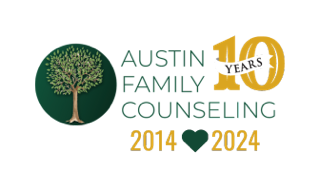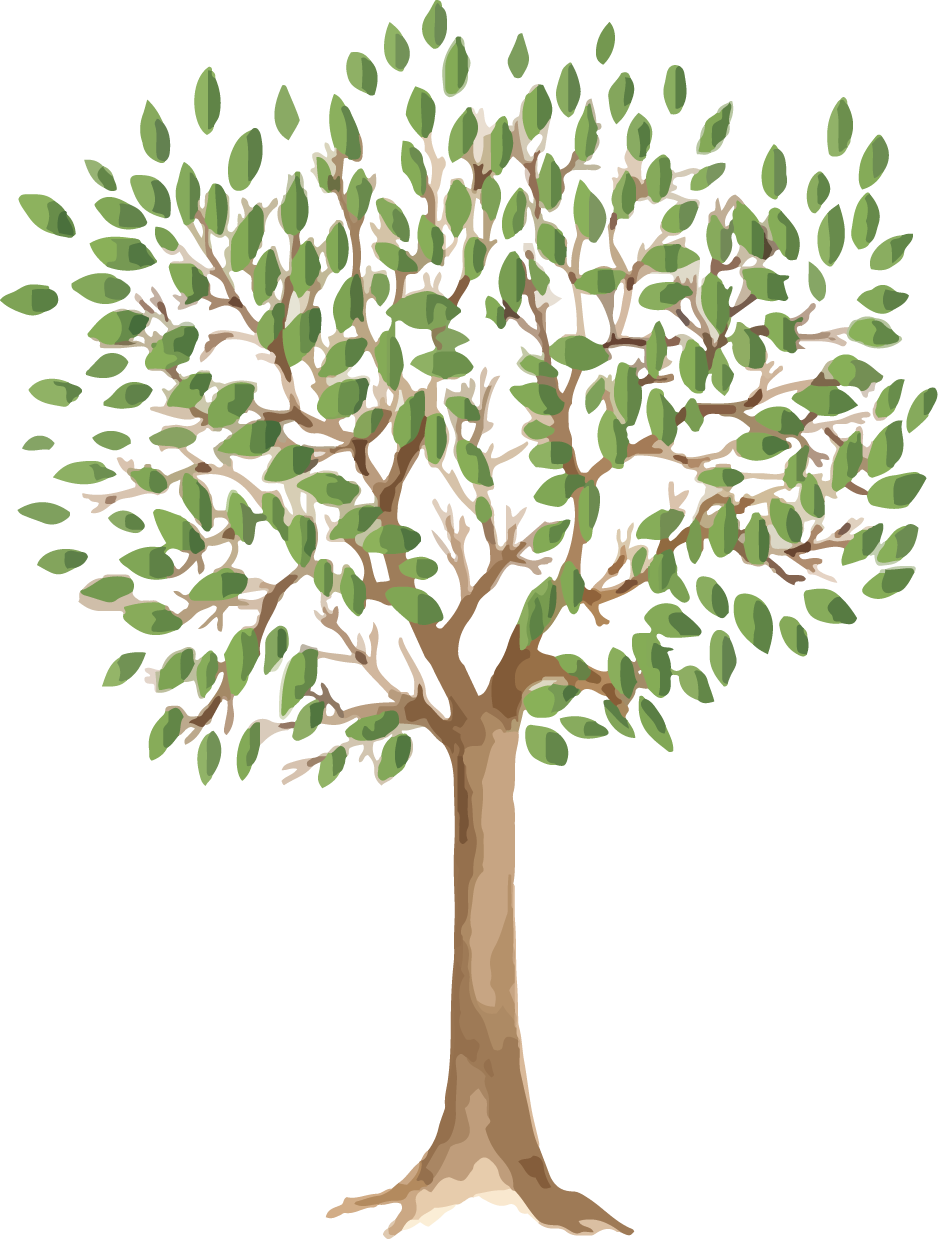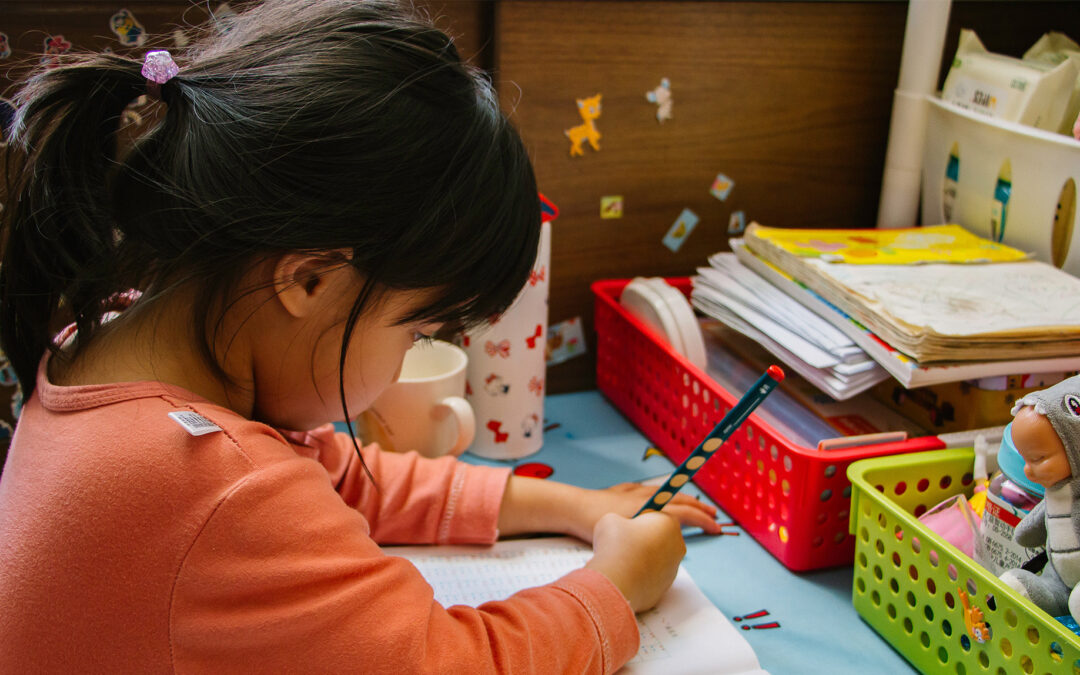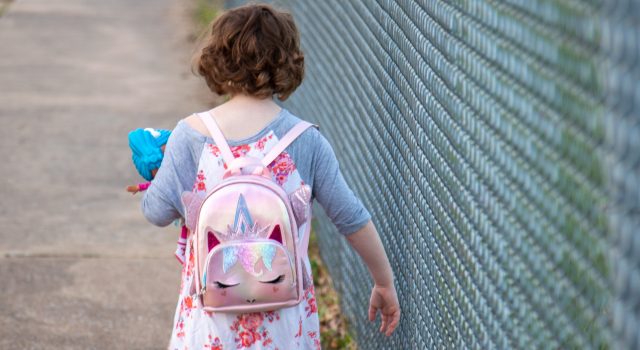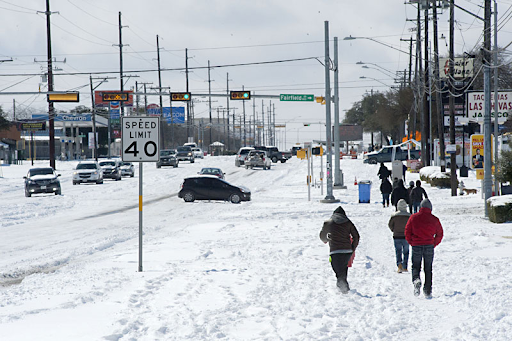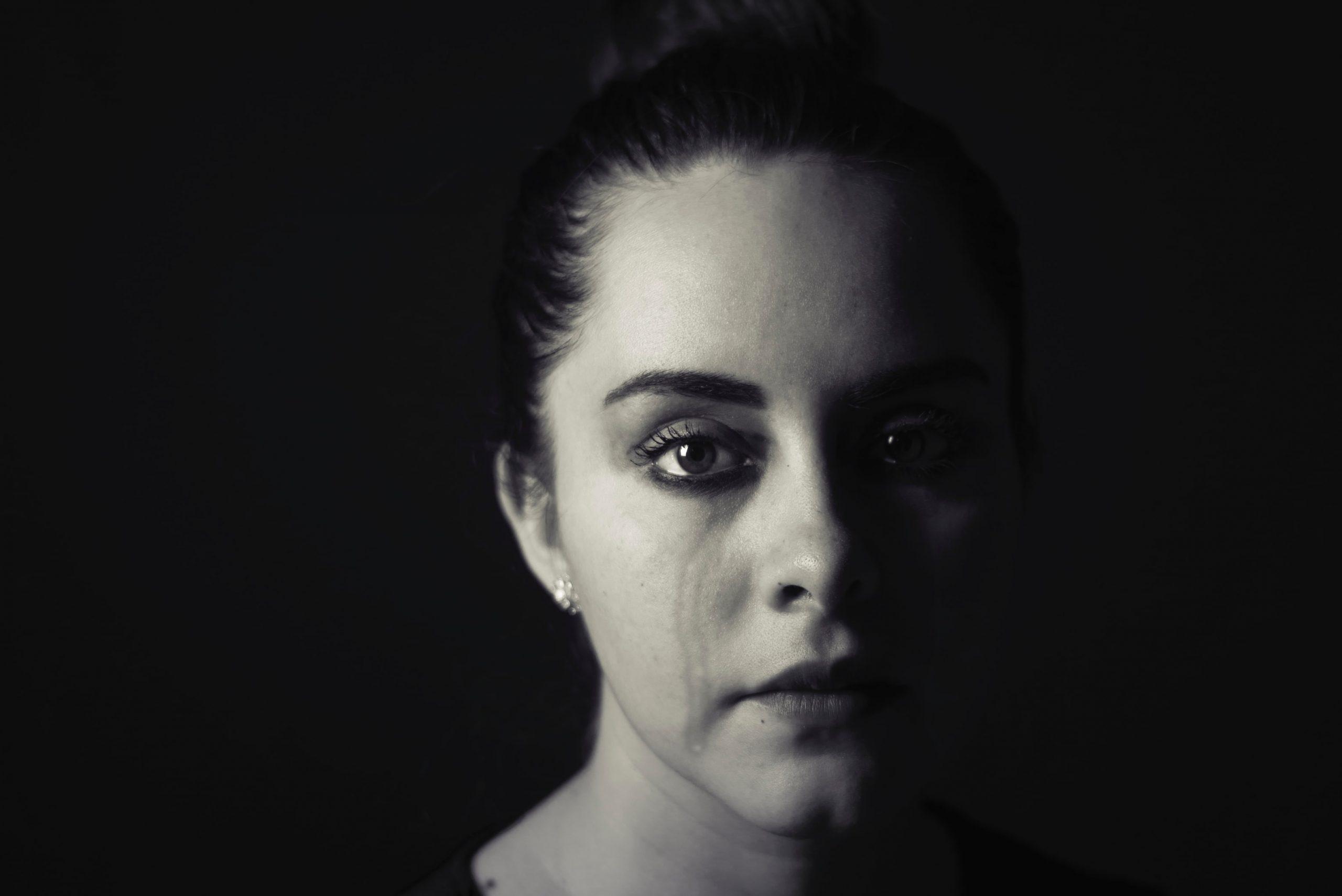Losing a loved one may shatter your life. You may feel numb. You may feel that you can’t think straight. Every heartbreak that you have suffered previously may hit you full force, simultaneously. At times, the pain can almost paralyze you.
Be patient with yourself. Healing from grief is a slow process. It moves, not at the tempo of technology, but at the tempo of agriculture, as slowly as plants grow. But as you heal, you may discover in yourself new strengths that were not there previously.
In my case, my mother’s death forced me to re-examine my identity and my purpose in life. This exploration eventually led me to seek a master’s in social work. I discovered that my interests include caring for older adults, persons who are nearing death, and persons who are grieving.
Each experience of grief is unique, as unique as you are, and as unique as your relationship with the person you lost. But there are some patterns that humans share. It helps to learn these patterns, as they will help you understand yourself and other persons.
Elisabeth Kubler-Ross’s 5 Stages of Grief
This was the first research model of grief, and it is still used. People do not go through the stages in a neat, sequential way. But they usually experience all 5 emotions, and move in a gradual, bumpy way from shock toward healing.
- Denial (shock)—This is the emotional equivalent of an airbag in a car. It protects you from feeling the impact all at once, which could be overwhelming.
- Anger—You may protest and feel, “This is terrible! This shouldn’t have happened!”
- Bargaining—You may think, “I’m trying to regain some control of my life, when I feel so out of control. If I change my life in such-and-such a way, then I should feel less bad.” A religious person may make deals with God, such as, “Dear Lord, if I start teaching Sunday school, You should make me feel less awful.”
- Depression—This stage is not well-named. It’s not depression, but it can look that way. There is a general withdrawing from activities and social life, a conserving of energy. The person may feel powerless, but not hopeless. They are starting to come to terms with the loss.
- Acceptance—At this point, you may feel, “This situation stinks. I don’t want it this way. But it’s reality, and I am going to acknowledge it and deal with it as best as I can.”
William Worden’s 4 Tasks of Grief
Again, people don’t go through these tasks in a neat, sequential way. There may be setbacks and cycling. But there is a gradual movement toward healing.
- Acknowledge the reality of the loss. State that the person is dead. Describe how it happened, how you learned, and what you saw.
- Experience the pain. Face it. Don’t try to pretend that it doesn’t hurt much. It does. Don’t try to dull it out with alcohol.
- Adjust to an environment without the person there. The longer that people are in relationship, and the more closely their lives are intertwined, the more adjusting needs to be done.
- Withdraw some emotional energy from that relationship and invest it in another relationship. Be careful! You can’t replace one person with another. (We all know a grieving widow or widower who remarried out of loneliness, but chose altogether the wrong person.) Some marriages and other relationships aren’t happy. In this case there may not be much emotional pain after the death. Or there may be intense pain, as the person grieves for a relationship they craved, but never had. Sometimes a loss leads to a new project. A mother whose child was killed by a drunk driver started MADD (Mothers Against Drunk Driving), to try to prevent this tragedy from happening to others.
Corr & Doka’s 5 dimensions of grief
- Emotional
- Physical—You may feel cold. (When we feel threatened, blood flow goes to our inner organs, and we feel cold.) You may get sick, since grief weakens the immune system.
- Spiritual—Grief may impact your belief system.
- Social—It may be hard to socialize, as some people may misunderstand you, or say clumsy things.
- Cognitive—You may have poor attention, poor concentration, or difficulty learning new material. Some children who are grieving are diagnosed incorrectly as having ADHD. When these children heal from grief, they do not show ADHD behavior. (This research study was my professor Dr. Helen Harris’s doctoral dissertation.) Some older adults who are grieving fear that they have dementia; but when they heal from grief, they can think just as well as they did before the loss.
Alan Keith-Lucas’s study of children’s resilience after a loss
Shock and denial: After a significant loss, every child experiences shock and denial. Then there are 2 different paths:
- Protest: If the child is allowed to have and express the feelings, “No! This is unfair! This can’t be!” then the child can achieve “mastery,” becoming stronger than before the loss. The key is for the child to learn to express their feeling of anger in a way that doesn’t hurt themself or anyone else.
- Despair and Detachment: If the child is not allowed to protest, the child falls into despair and detachment. These children are not troublesome. However, as adults, they may not function very well. They struggle to keep a job or stay in a relationship.
Books—Some of my favorite books about grief are:
- Doka, Grief is a Journey
- Neeld, Seven Choices: Finding daylight after loss shatters your world
- O’Brien, The New Day Journal
- Wings of Change Publications, The Nature of Grief: Honoring and Healing the Seasons of Loss.
Are you currently grieving?
We experience grief not only when a loved one dies, but also when we lose anything that is important to us, such as our health, a job, or a treasured relationship. If you are grieving, it would be my honor to share your journey with you. Grief is too hard a journey to travel alone.
[I wish to thank Dr. Helen Harris and Dr. Richard D. Grant, Jr., for teaching me the above material.]

